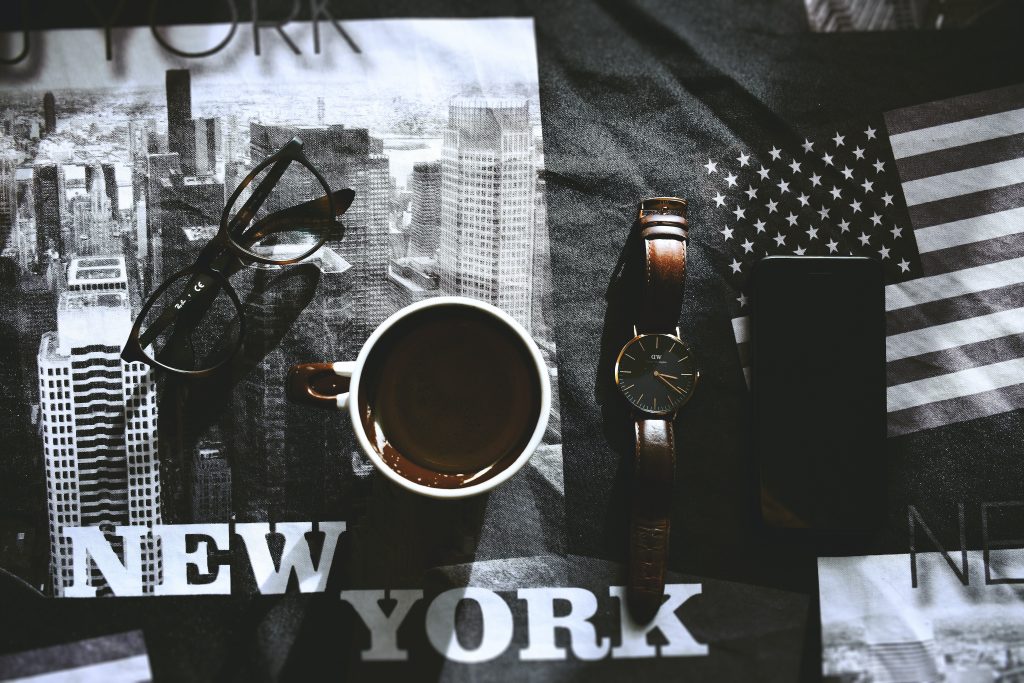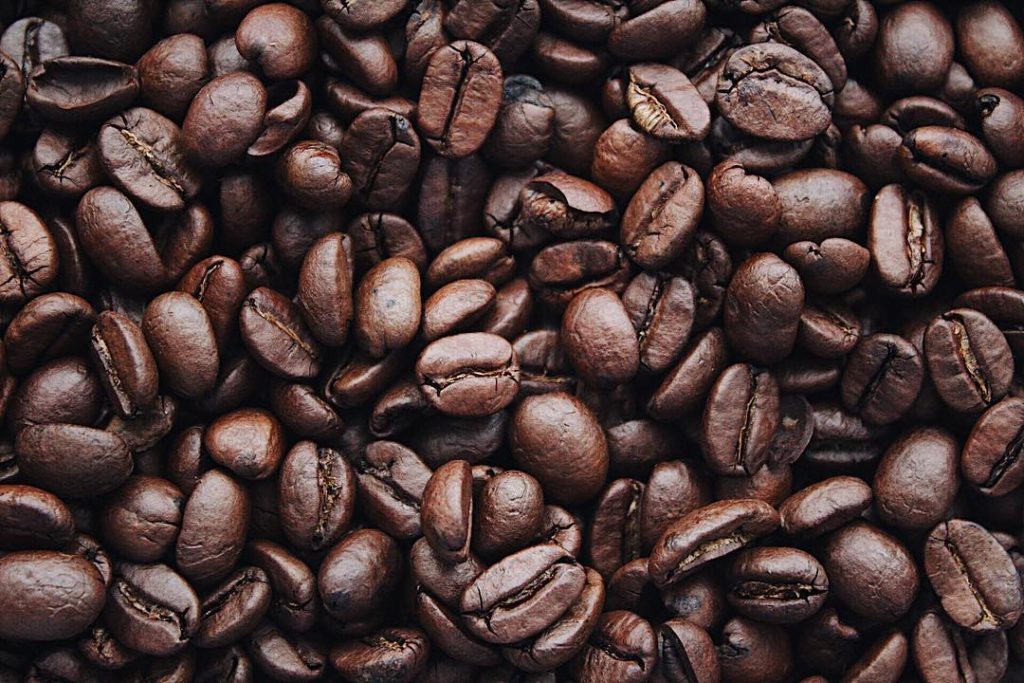
World production
| Top ten green coffee producers in 2020 (millions of metric tons) | |
|---|---|
| 3.70 | |
| 1.76 | |
| 0.83 | |
| 0.77 | |
| 0.58 | |
| 0.38 | |
| 0.36 | |
| 0.30 | |
| 0.29 | |
| 0.23 | |
| World total | 10.80 |
| Source: FAOSTAT | |
Since the beginning of the 20th century, annual world production has grown to over 100 million bags, which corresponds to six to seven million tonnes, whereas in 1825 only 100,000 tonnes were produced. More than 80% of the bags are exported each year.
Nearly 90 countries export coffee cherries, 60 of them developing countries, with coffee constituting the main export revenue for countries such as Burundi, Ethiopia, Rwanda, and formerly Haiti.The largest producer by far is Brazil (almost 30% of world production in 2015), followed by Vietnam, Colombia, Indonesia, and Ethiopia.
Statistical data on world agricultural coffee production differs slightly depending on whether it comes from the FAO or the ICO. However, these data are monitored monthly by the ICO and cross-checked, which makes the Organisation a more established reference for international market. Beyond the occasional overproduction crises and inventory differences, the volumes produced, traded, and consumed are following an upward trend.
Coffee production provides a living for about twenty-five million people, mainly small-scale producers, while imports, processing, and distribution provide a living for about one hundred to one hundred and ten million people.
Commodity market
Special bag for coffee with ziplock and one-way valve that releases moisture to prevent mold.
Coffee is bought and sold as green coffee beans by roasters, investors, and price speculators as a tradable commodity in commodity markets and exchange-traded funds. Coffee futures contracts for Grade 3 washed arabicas are traded on the New York Mercantile Exchange under ticker symbol KC, with contract deliveries occurring every year in March, May, July, September, and December. Higher and lower grade arabica coffees are sold through other channels. Futures contracts for robusta coffee are traded on the London International Financial Futures and Options Exchange and, since 2007, on the New York Intercontinental Exchange.
Dating to the 1970s, coffee has been incorrectly described by many, including historian Mark Pendergrast, as the world’s “second most legally traded commodity”.Instead, “coffee was the second most valuable commodity exported by developing countries,” from 1970 to circa 2000.[145] This fact was derived from the United Nations Conference on Trade and Development Commodity Yearbooks which show “Third World” commodity exports by value in the period 1970–1998 with crude oil in first place, coffee in second, followed by sugar, cotton, and others. Coffee continues to be an important commodity export for developing countries, but more recent figures are not readily available due to the shifting and politicized nature of the category “developing country”.
International Coffee Day, which is claimed to have originated in Japan in 1983 with an event organized by the All Japan Coffee Association, takes place on 29 September in several countries.[146] There are numerous trade associations and lobbying and other organizations representing the coffee industry.
Consumption
Coffee consumption (kg. per capita and year)
Nordic countries are the highest coffee-consuming nations when measured per capita, with consumption in Finland as the world’s highest.
Finland – 26.45 lb (12.00 kg)
Norway – 21.82 lb (9.90 kg)
Iceland – 19.84 lb (9.00 kg)
Denmark – 19.18 lb (8.70 kg)
Netherlands – 18.52 lb (8.40 kg)
Sweden – 18.00 lb (8.16 kg)
Switzerland – 17.42 lb (7.90 kg)
Belgium – 15.00 lb (6.80 kg)
Luxembourg – 14.33 lb (6.50 kg)
Canada – 14.33 lb (6.50 kg)
Economic impacts
Further information: List of countries by coffee production
Map of coffee areas in Brazil
Market volatility, and thus increased returns, during 1830 encouraged Brazilian entrepreneurs to shift their attention from gold to coffee, a crop hitherto reserved for local consumption. Concurrent with this shift was the commissioning of vital infrastructures, including approximately 7,000 km (4,300 mi) of railroads between 1860 and 1885. The creation of these railways enabled the importation of workers, to meet the enormous need for labor. This development primarily affected the State of Rio de Janeiro, as well as the Southern States of Brazil, most notably São Paulo, due to its favorable climate, soils, and terrain.
Coffee production attracted immigrants in search of better economic opportunities in the early 1900s. Mainly, these were Portuguese, Italian, Spanish, German, and Japanese nationals. For instance, São Paulo received approximately 733,000 immigrants in the decade preceding 1900, whilst only receiving approximately 201,000 immigrants in the six years to 1890. The production yield of coffee increases. In 1880, São Paulo produced 1.2 million bags (25% of total production), in 1888 2.6 million (40%), and in 1902 8 million bags (60%).[151] Coffee is then 63% of the country’s exports. The gains made by this trade allow sustained economic growth in the country.
The four years between planting a coffee and the first harvest extend seasonal variations in the price of coffee. The Brazilian Government is thus forced, to some extent, to keep strong price subsidies during production periods.
Fair trade
Main article: Fair trade coffee
See also: Fair trade debate
The concept of fair trade labeling, which guarantees coffee growers a negotiated preharvest price, began in the late 1980s with the Max Havelaar Foundation’s labeling program in the Netherlands. In 2004, 24,222 metric tons (of 7,050,000 produced worldwide) were fair trade; in 2005, 33,991 metric tons out of 6,685,000 were fair trade, an increase from 0.34% to 0.51%.A number of fair trade impact studies have shown that fair trade coffee produces a mixed impact on the communities that grow it. Many studies are skeptical about fair trade, reporting that it often worsens the bargaining power of those who are not part of it. The very first fair-trade coffee was an effort to import Guatemalan coffee into Europe as “Indio Solidarity Coffee”.
Since the founding of organizations such as the European Fair Trade Association (1987), the production and consumption of fair trade coffee has grown as some local and national coffee chains started to offer fair trade alternatives. For example, in April 2000, after a year-long campaign by the human rights organization Global Exchange, Starbucks decided to carry fair-trade coffee in its stores.Since September 2009 all Starbucks Espresso beverages in UK and Ireland are made with Fairtrade and Shared Planet certified coffee
A 2005 study done in Belgium concluded that consumers’ buying behavior is not consistent with their positive attitude toward ethical products. On average 46% of European consumers claimed to be willing to pay substantially more for ethical products, including fair-trade products such as coffee. The study found that the majority of respondents were unwilling to pay the actual price premium of 27% for fair trade coffee.
Speciality coffee and new trading relationships
Speciality coffee has driven a desire for more traceable coffee, and as such businesses are offering coffees that may come from a single origin, or a single lot from a single farm. This can give rise to the roaster developing a relationship with the producer, to discuss and collaborate on coffee. The roaster may also choose to cut out the importers and exporters to directly trade with the producer, or they may “fairly trade”, where any third-parties involved in the transaction are thought to have added value, and there is a high level of transparency around the price, although often there is no certification to back it up. This process tends to only be done for high-quality products since keeping the coffee separate from other coffees adds costs, and so only coffee that roasters believe can command a higher price will be kept separate.
Some coffee is sold through internet auction – much of it is sold through a competition, with coffees passing through local and international jurors, and then the best coffees being selected to be bid on. Some estates known for high-quality coffee also sell their coffee through an online auction. This can lead to increased price transparency since the final price paid is usually published.


